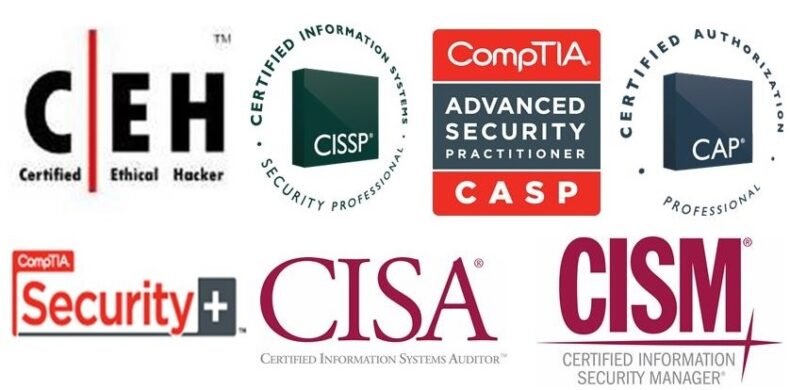
In the ever-evolving digital landscape, where technology intertwines with every aspect of our lives, understanding cybersecurity is crucial for safeguarding our personal information and digital assets. However, amidst the abundance of information, there are numerous cybersecurity myths and misconceptions that can mislead users into making uninformed decisions.
Myth 1: “I am not a target; hackers only target big corporations.”
One of the most pervasive cybersecurity myths is the belief that only prominent organizations or individuals are targeted by hackers. In reality, cybercriminals target anyone and everyone they perceive as vulnerable. Individual users, small businesses, and even large corporations are all potential targets. It is essential to adopt cybersecurity best practices regardless of your online presence or influence.
Myth 2: “My passwords are strong enough; I don’t need to change them regularly.”
While having strong passwords is essential, it is equally important to change them regularly. Even the strongest passwords can be compromised over time due to data breaches or phishing attacks. Regularly updating passwords adds an extra layer of security to your accounts, reducing the risk of unauthorized access.
Myth 3: “I don’t need to worry about cybersecurity because I have antivirus software installed.”
Antivirus software is an essential tool for detecting and removing known malware, but it is not a foolproof solution. Cyber threats are continuously evolving, and new strains of malware may not be immediately detectable by antivirus programs. A multi-layered approach to cybersecurity, including regular updates, firewalls, and safe online practices, is essential.
Myth 4: “I only visit secure websites; I am safe from cyber attacks.”
While accessing secure websites with “https://” in the URL is essential, it does not guarantee complete protection. Cybercriminals can use various tactics, such as phishing emails and social engineering, to target users regardless of the website’s security.
Myth 5: “Cybersecurity is only an IT department’s responsibility.”
Cybersecurity is a shared responsibility that involves everyone, from the individual user to the top-level executives in an organization. All users should be educated about potential cyber threats and adopt security best practices to create a robust cybersecurity culture.
Myth 6: “I don’t need to worry about mobile security; my smartphone is safe.”
Mobile devices are just as vulnerable to cyber threats as computers. Users must implement security measures such as using strong passwords, keeping software updated, and avoiding suspicious apps or links.
Myth 7: “Two-factor authentication (2FA) makes my account 100% secure.”
While 2FA is a significant security enhancement, it is not immune to attacks. Social engineering tactics can still be used to trick users into providing their second authentication factor. Nevertheless, enabling 2FA significantly reduces the risk of unauthorized access.
Myth 8: “Cyber attacks only happen to users who visit shady websites.”
Cyber attacks can happen to anyone, regardless of the websites they visit. Even legitimate websites can be compromised, leading to malware infections or data breaches. Staying vigilant and following cybersecurity best practices is crucial for all online activities.
Myth 9: “I don’t need to update my software frequently; it’s just a waste of time.”
Failing to update software regularly is a dangerous misconception. Software updates often contain security patches that address known vulnerabilities. Cybercriminals actively exploit these vulnerabilities to gain unauthorized access to systems.
Myth 10: “I can spot phishing emails easily; I don’t need to worry about falling for them.”
Phishing emails are becoming increasingly sophisticated and challenging to detect. Cybercriminals use various tactics to make their messages appear legitimate. It is essential to remain cautious and verify the authenticity of emails, especially those requesting sensitive information or urgent action.
Conclusion
As we navigate the digital world, it is essential to separate fact from fiction when it comes to cybersecurity. Understanding and debunking common myths is crucial for staying safe and secure online. Cyber threats are continuously evolving, and being informed about the latest best practices and potential risks is vital for protecting our digital lives.
Remember, cybersecurity is a continuous journey that requires vigilance, education, and proactive measures. By adopting a multi-layered approach to cybersecurity, staying informed about potential threats, and cultivating a cybersecurity-conscious mindset, we can collectively create a safer digital environment for ourselves and future generations. Let us dispel these cybersecurity myths and equip ourselves with the knowledge and tools to confidently navigate the digital world while preserving our privacy, security, and peace of mind.




Leave a Reply